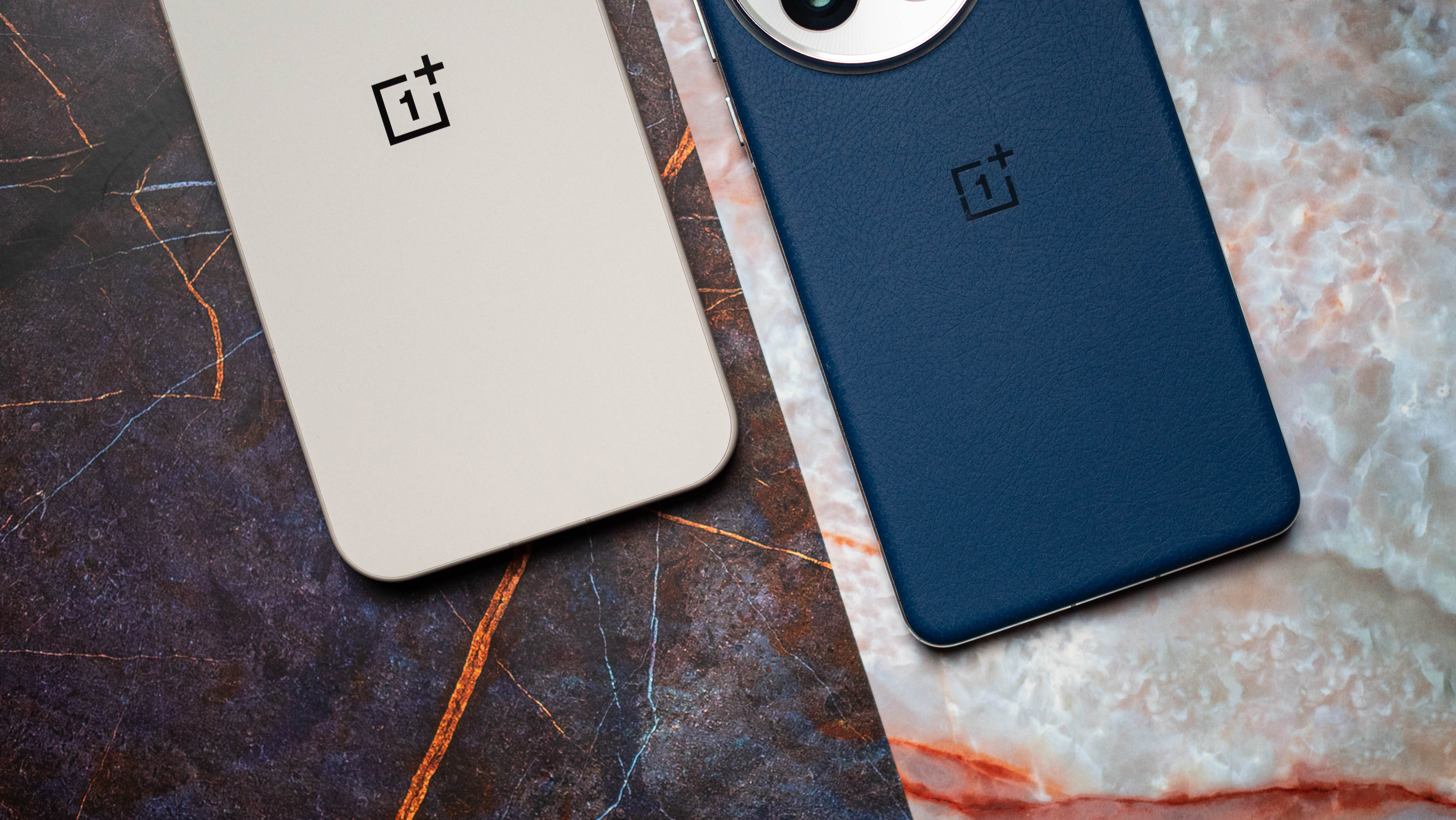I've tested all of Samsung's smartwatches and these are the 5 best picks in 2025
The Galaxy Watch 8 is our first recommendation, but there are many reasons to upgrade to a Classic or Ultra — or downgrade to a Watch 7.
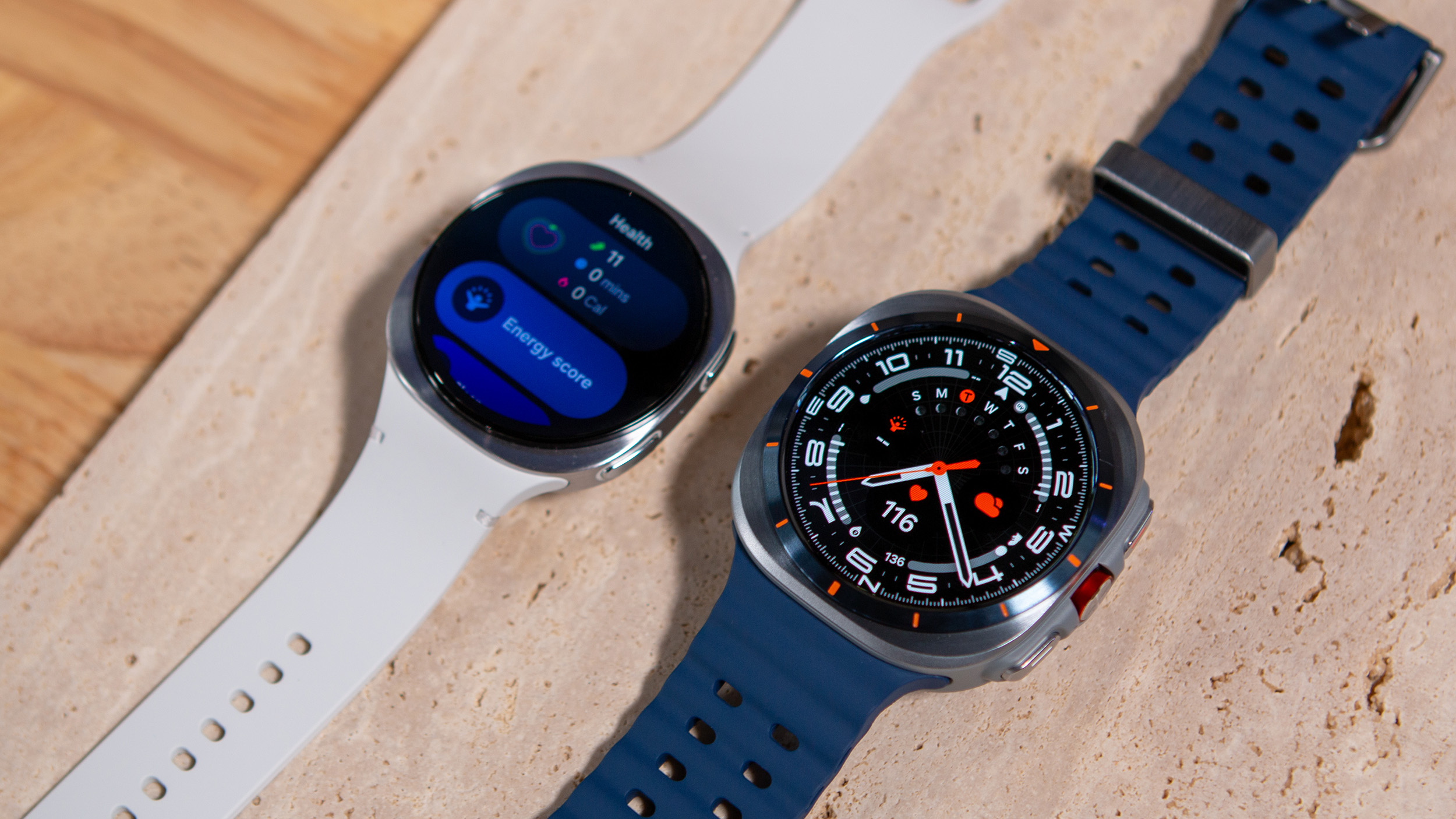
At a glance
1. Best overall
2. Best premium
3. Best design
4. Best last-gen
5. Best budget
How to choose
Samsung arguably makes the best Android smartwatches, with universal perks like rugged designs, subscription-free Samsung Health insights, and four years of software updates. I've reviewed the best Samsung smartwatches from the last four generations onwards, starting with the Watch 5 Pro to this year's Watch 8 Classic and Ultra.
There are so many models in the line-up now, including several new variations as well as older ones that are still viable, that it's tough to decide which one to buy. Should you be spending $650 on a Galaxy Watch Ultra (2025) when you can sometimes find a last-gen Galaxy Watch 7 or opt for the FE variant for much less? What's the advantage in buying the higher-end or newer model?
I'm here to help you understand! Typically, the mainline Galaxy Watch 8 is the best fit for most people. But some of you will spend extra for better battery life or Classic bezel controls, while others will happily downgrade to save money or get a more traditional-looking design.
Let's dive into the details to help you find the best Samsung smartwatch tot meet your needs.

Michael Hicks is Android Central's resident smartwatch geek, having reviewed or tested dozens of wearables from Samsung, Google, Apple, Garmin, Fitbit, Coros, Polar, Withings, Amazfit, and others. In particular, he's reviewed (or owns) the Galaxy Watch 5 Pro, Watch 6, Watch 6 Classic, Watch 7, Watch Ultra, and Watch 8 Classic, along with several Samsung phones and tablets.
At a glance
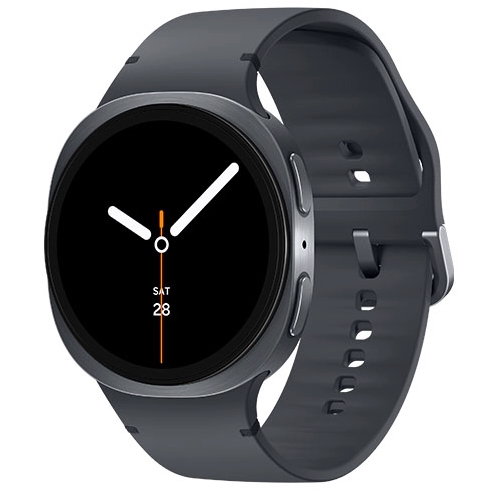
Best overall
The skinny, squarish Galaxy Watch 8 offers a new look and unique Health data like Vascular Load and Antioxidant Index. But it's otherwise the same core experience and performance as past Galaxy Watches.
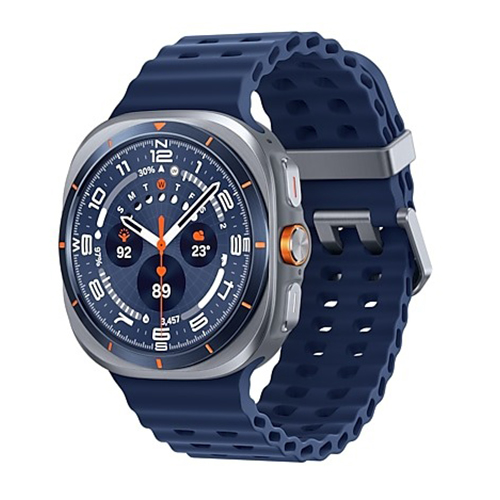
Best premium
The Watch Ultra (2025) is Samsung's most expensive Galaxy watch, with the best materials and significantly longer battery life than the Watch 8. Its painful price makes it worth looking for a trade-in deal, however.
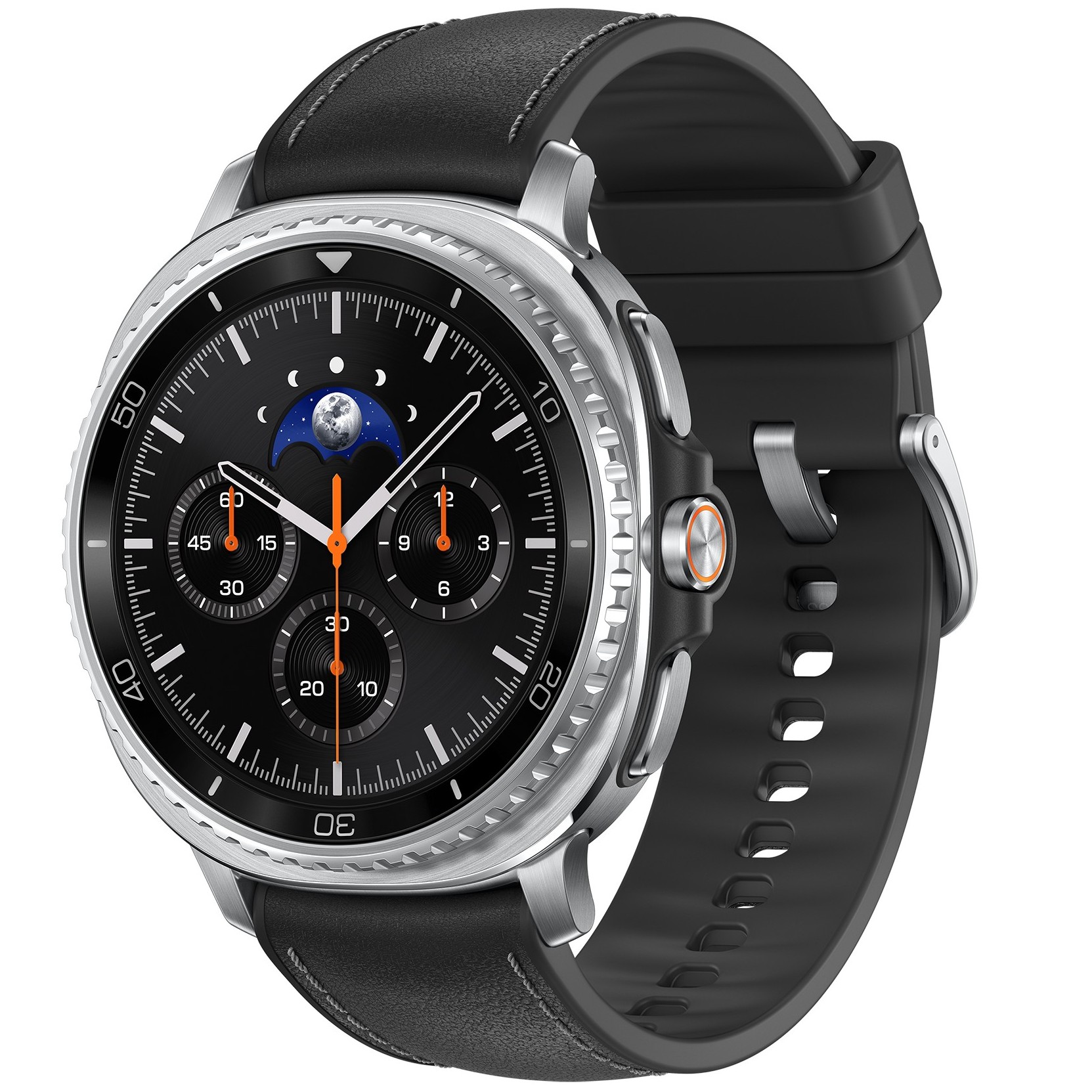
Best design
The Classic is a classier version of the Watch 8 with a squircle stainless steel casing and a useful rotating bezel for easier controls. It's attractive, but also quite heavy for smaller wrists.
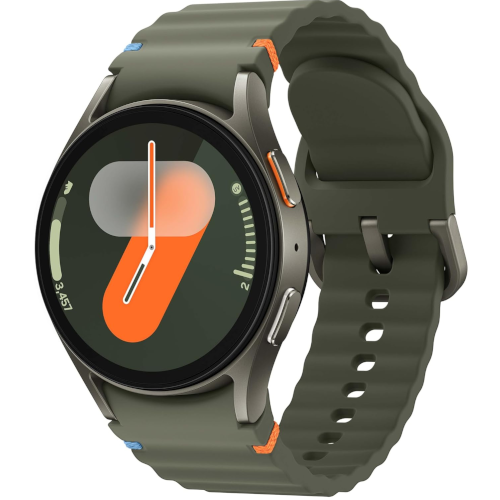
Best last-gen
Though the Watch 8 is getting all the attention, the Watch 7 is still a great deal with its lower price. It offers speedy performance, a gorgeous display, and solid battery life, with surprisingly few downgrades.
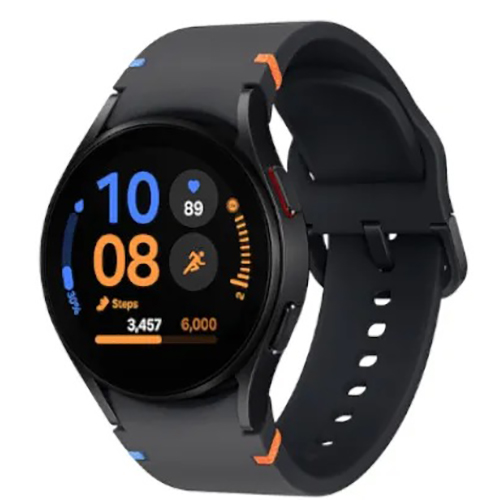
Best budget
The Samsung Galaxy Watch FE is essentially the Watch 4 with a mildly refreshed design, Sapphire Crystal protection over the display, and a complete suite of fitness tracking features.
Best overall
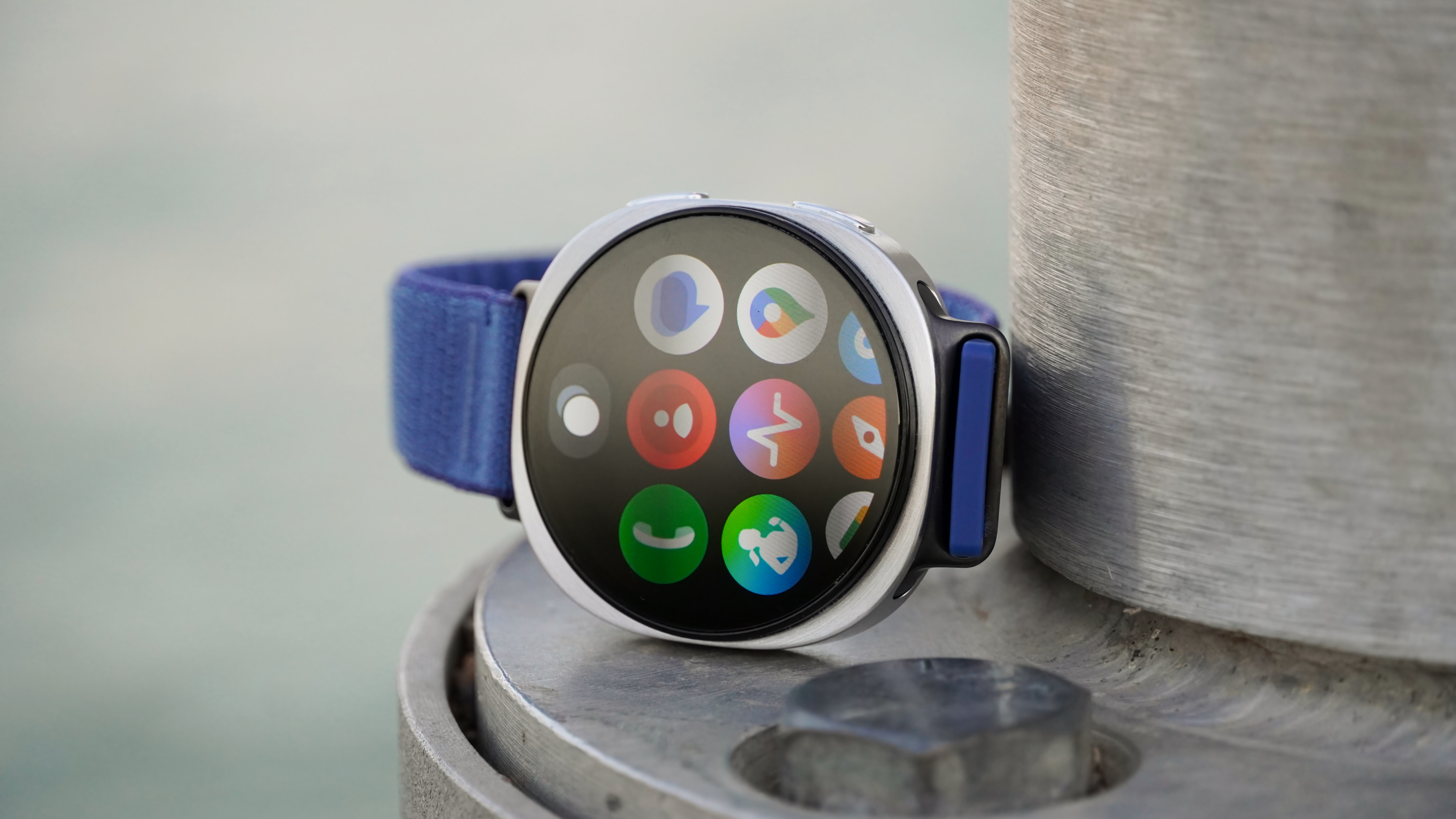
Specifications
Reasons to buy
Reasons to avoid
The Samsung Galaxy Watch 8 looks markedly different from the Galaxy Watch 7. Its Ultra-style squarish case may not appeal to long-time fans. But the redesign allowed Samsung to make it thinner and lighter, with the band fitted better against your skin for more accurate health data. Our reviewer called its look "stunning" and a "breath of fresh air" compared to the traditional, thicker circular design.
I'm focusing on the design because, by and large, the Galaxy Watch 8 and 7 aren't especially different. The Exynos W1000 processor, memory, storage, MIL-STD-810-rated protection with sapphire glass, charging speed, dual-band GPS, and Gemini commands are pretty much the same.
With the Watch 8 and other 2025 Galaxy watches, Samsung focused a lot on Samsung Health, adding new tools like an Antioxidant Index for nutritional guidance, Vascular Load for heart health, Bedtime Guidance with circadian rhythm data, and a new Running Coach for workout recommendations.
On top of that, the Watch 8 launched with One UI 8 Watch built on Wear OS 6, with Multi-info tiles that show more information in a convenient, scrollable menu, plus a Now Bar that contextually displays relevant informatiton like an active timer or reminders. And you have the promise of four version updates up to Wear OS 10, plus security updates through 2029.
You get the same 40-hour battery life as ever, but since the display offers an impressive 3,000 nits of brightness, it's nice that Samsung didn't let the Watch 8 get any worse.
Galaxy Watch 7 owners probably won't see enough here to upgrade, since they'll get Wear OS 6 soon. But anyone rocking older models will definitely appreciate a wealth of upgrades. For anyone switching to the Samsung ecosystem, the Galaxy Watch 8 is absolutely where you should start before you decide to pay more for a Classic or Ultra.
Best premium
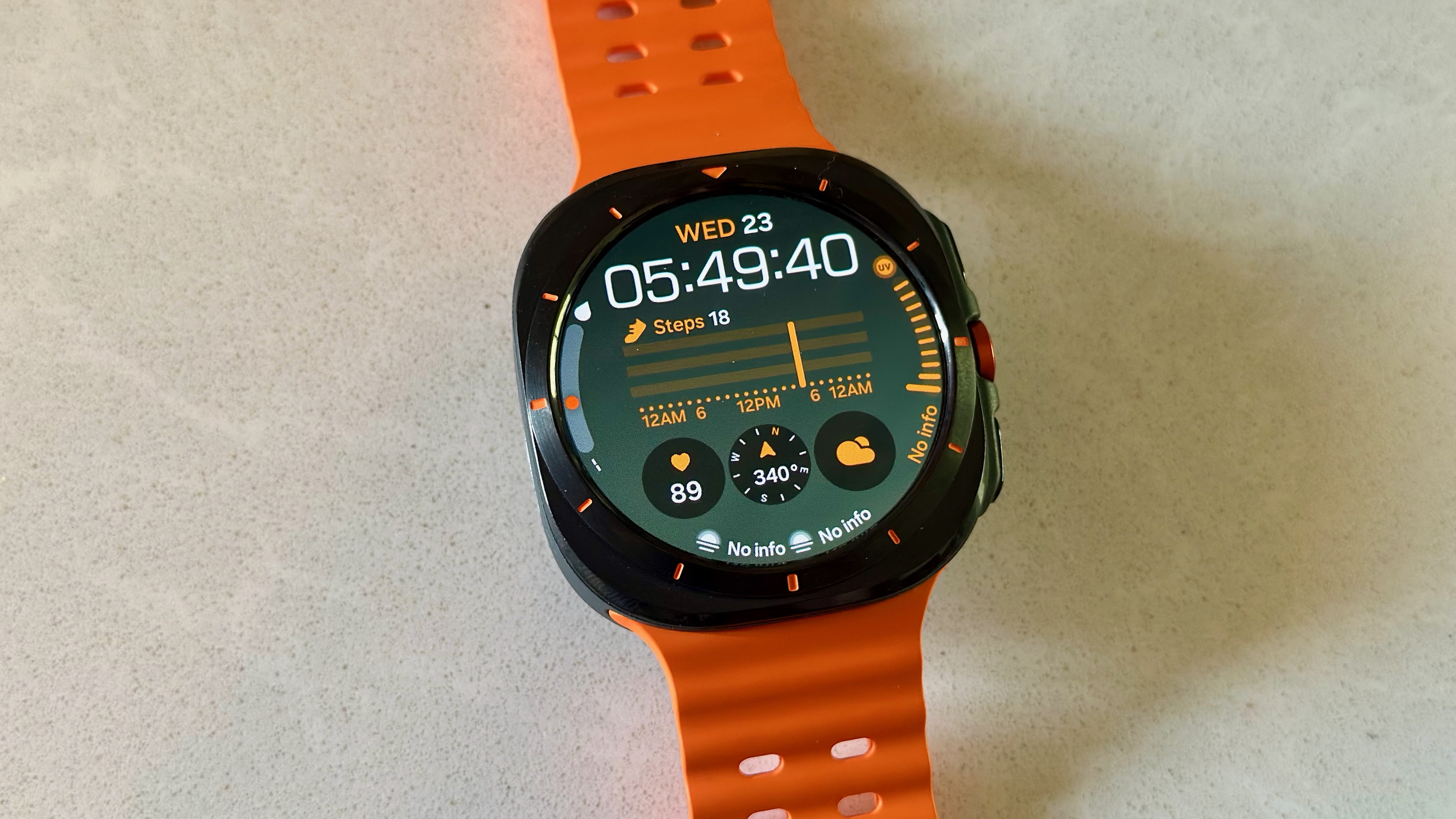
Specifications
Reasons to buy
Reasons to avoid
The Samsung Galaxy Watch Ultra (2025) is almost unchanged from the Galaxy Watch Ultra (2024) I reviewed last year, except it has twice the storage and an extra Blue finish alongside the three original colors. Because cheaper Samsung watches have borrowed its 3,000-nit display, Quick button, and even its "Cushion Design" look, the Watch Ultra now only has a couple of compelling standouts: the titanium case, complimentary LTE, and extra battery life.
I'll admit that I miss the Galaxy Watch 5 Pro, which gave us a similar 2–3 days of battery life and a durable titanium frame for a more affordable price. But the Galaxy Watch Ultra is the next best thing, with consistently reliable battery life that helps you avoid daily charging or survive long workouts with dual-band GPS tracking.
The Watch Ultra has all of the perks of the Watch 8, inside of a more rugged titanium design with 10ATM water resistance instead of the usual 5ATM. It offers military-grade protection for high/low temperature, altitude, humidity, immersion, salt, fog, dust, vibration, and drops. Other Samsung watches have the same MIL-STD-810H rating, but most likely for only a couple of standards like water and shock.
If you already own the Galaxy Watch Ultra (2024), there's no reason to upgrade to this model unless you really need extra storage. And if you happen to find the 2024 model from a reputable seller for hundreds less, you may want to grab it. Otherwise, weigh the Watch Ultra against the Watch 8 Classic to see if you prefer its look and price.
Best design
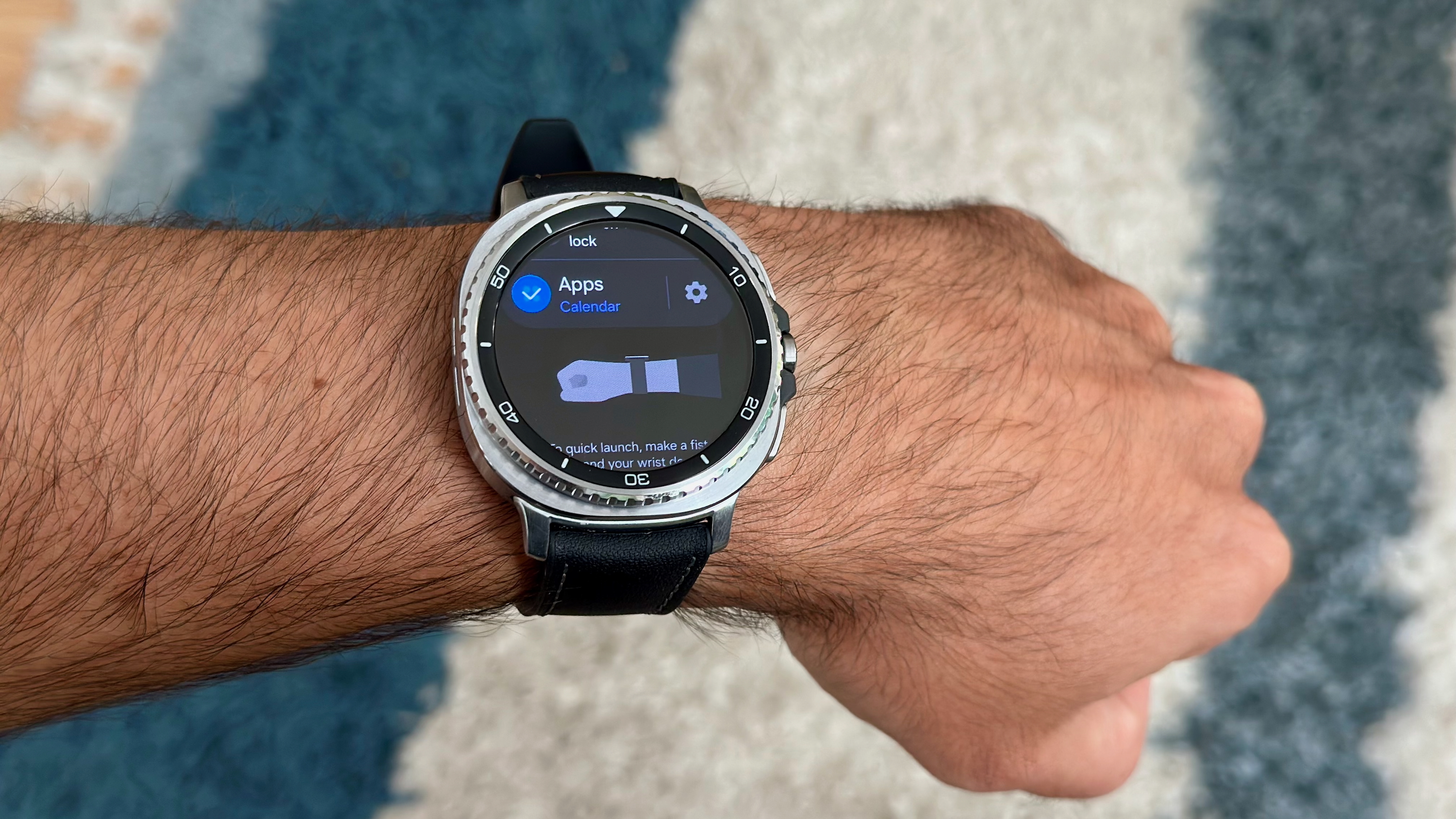
Specifications
Reasons to buy
Reasons to avoid
Samsung seems to have settled on selling Classics every other year. The Galaxy Watch 8 Classic overhauls the design of the Watch 6 Classic, offering the usual rotating bezel on top of the same square-shaped Cushion case as the other 2025 models. Whether you appreciate its unique look or miss the old circular style will come down to taste, but you at least know you're getting the same rotating bezel controls, for more exact navigation of menus than the Watch 8's digital bezel can offer.
I noted in my review that the bezel is more ridged, making it easier to see and turn, while the new 60-second scale border feels more "classic" than before. On the other hand, the fact that it only comes in one 1.34-inch display size feels like a "downgrade" when the older Classics had a 1.5-inch option that weighed about the same.
Assuming you're upgrading from the Galaxy Watch 6 Classic, the faster Exynos W1000 processor, BioActive sensor with HR accuracy upgrades, new Samsung Health features, brighter display, dual-band GPS, and extra storage will be pleasant new features. It's a significant upgrade, and trading in your old Classic will offset this model's higher price.
Generally speaking, the Watch 8 Classic is competing with the Watch Ultra, offering a different premium look and better controls, but not the battery boost you'd want in a watch this pricey. And both will be too heavy for folks with smaller wrists.
Best last-gen
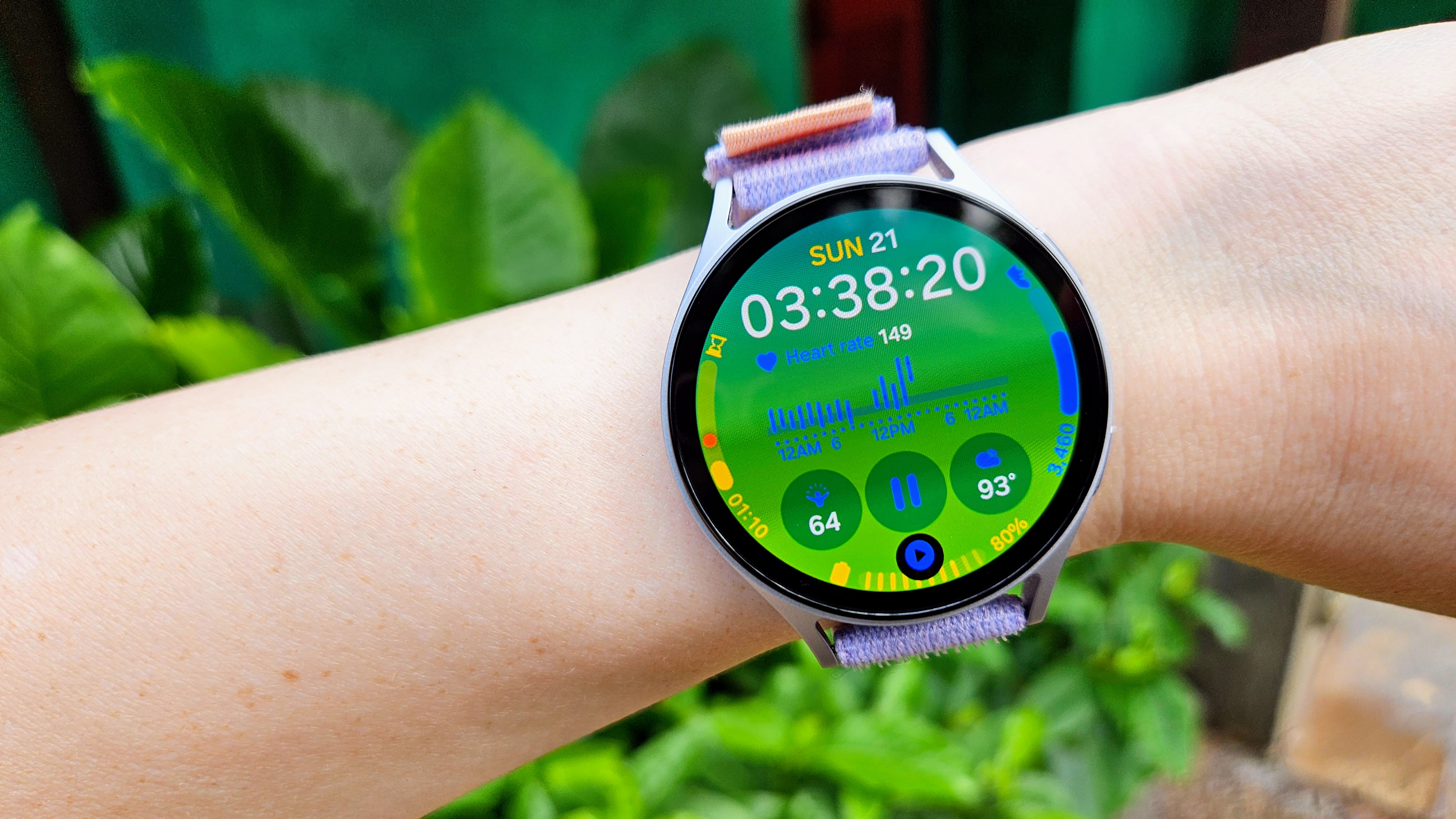
Specifications
Reasons to buy
Reasons to avoid
The Samsung Galaxy Watch 7 offers some significant changes over the Galaxy Watch 6, while the gap between the Watch 7 and Watch 8 isn't as wide, especially for hardware like the Exynos W1000 processor. And since Samsung is trying to clear out Watch 7 stock, you can get one for hundreds less than a Watch 8 if you accept a few minor downgrades.
Sure, the Watch 7 "only" hits 2,000 nits instead of 3,000, but I found it perfectly readable outdoors in sunny California weather. The battery capacity is slightly smaller than the Watch 8's by about 10–20mAh, but it doesn't seem to have a huge impact on real-life usage. Now that Watch 7 has gotten Wear OS 6, you'll barely be able to tell the two experiences apart.
Of course, the watches themselves look very different. I've never found the base Galaxy Watches especially "stylish" with their machine-cut edges, and the Watch 7 bulges slightly more on your wrist without the Cushion Design. But you're still getting a light smartwatch in two sizes that's more comfortable than most Android watches, and it'll work with any old quick-release straps you have.
Best budget
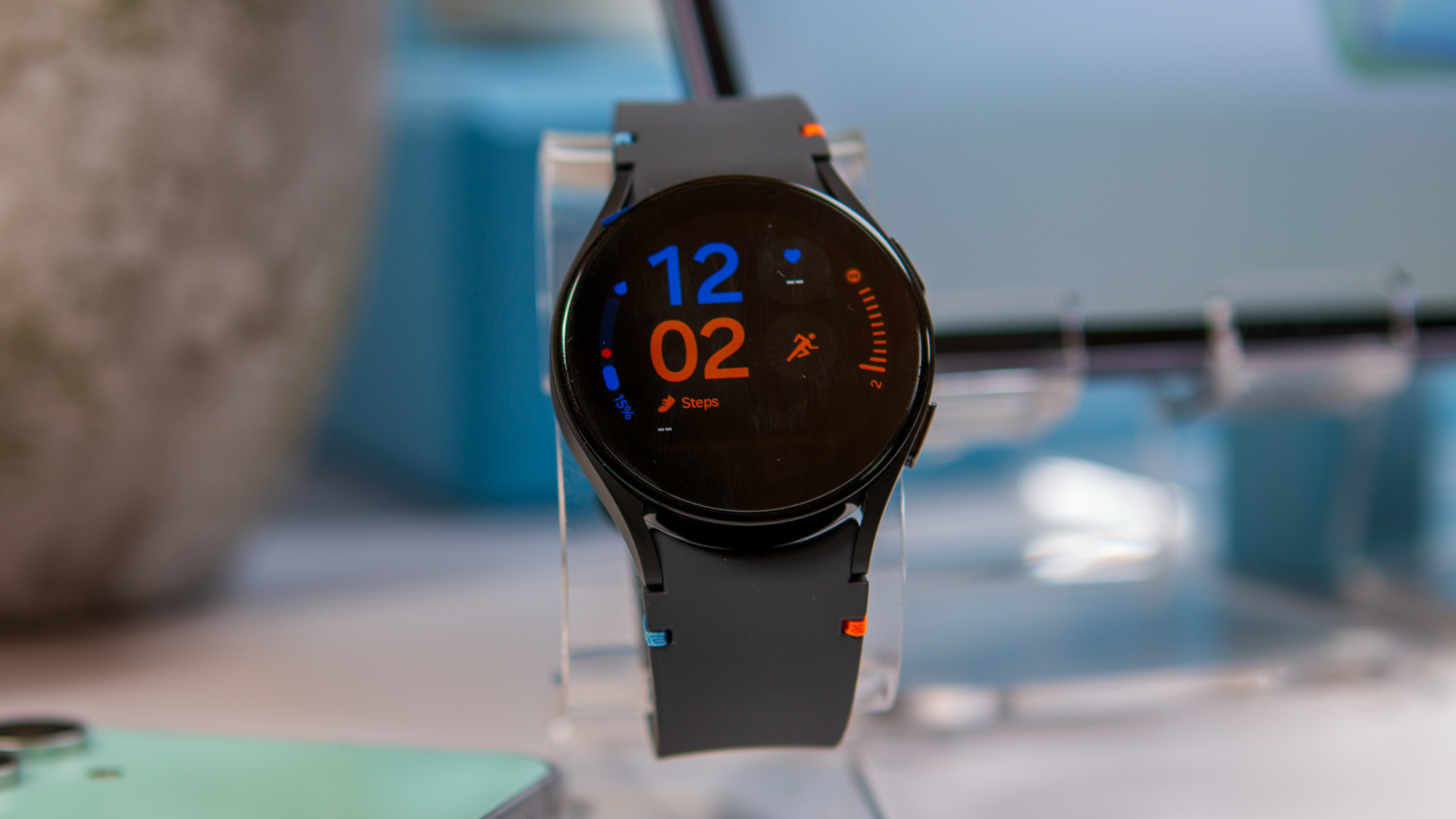
5. Samsung Galaxy Watch FE
Our expert review:
Specifications
Reasons to buy
Reasons to avoid
The Galaxy Watch FE (Fan Edition) launched in 2024 but blends features from the older Galaxy Watch 4 and 5 models. Compared to newer Samsung watches, the FE has a duller display, an older processor with lesser RAM, older health sensors, and only comes in one 1.2-inch AMOLED display size.
It's worth including on this list because it costs significantly less than the Galaxy Watch 8, and you're getting solid perks like Sapphire Crystal glass and speedy Wear OS software. Older Samsung watches are still reliable, and the Watch FE is arguably the best cheap Android watch for strict budgets.
That being said, I'd much rather recommend you buy a Galaxy Watch 7 or Watch 6, assuming that you find one that's new instead of refurbished. If you weigh the Galaxy Watch 6 vs. FE, the older Watch 6 gives you a newer Exynos processor with more RAM, a larger and brighter display, and much more battery capacity — and the Watch 7 has even more upgrades.
Truly, I'm only recommending the Galaxy Watch FE if you see a tempting deal bringing it below its current $199 price; otherwise, you can wait for a deal event to bring the Galaxy Watch 7 down to that same level, and get a serious upgrade. Or, if you really want to spend as little as possible, look at the Samsung Galaxy Fit 3 fitness tracker, with a 1.6-inch display, basic health tracking, and nearly two weeks of battery life for just $60 — but no Wear OS.
How to choose
Which of the best Samsung watches are still worth buying?
Why you can trust Android Central
As much as older Android Central writers loved the the Galaxy Watch 3 and Galaxy Watch Active 2, we're not recommending Tizen OS watches anymore. Nor would we recommend buying one of the older Wear OS models like the Galaxy Watch 4, simply because it's running out of updates and won't be available new anymore.
When it comes to models like the Galaxy Watch 5 Pro or Watch 6 Classic, it's harder to say for sure; I'd want to make sure that you're truly getting a "new" model, or one that's been refurbished by a reputable seller. Both models still have new Wear OS updates incoming, and aren't that far behind the Galaxy Watch 8 generation.
But given how often Samsung offers good trade-in deals for its new watches, I'd still lean toward buying 2025 or 2024 models to get the most software value and dependably new hardware.
How to choose the best Samsung watch for you
It's a fairly simple decision on paper: I'd recommend the Galaxy Watch 8 (or Watch 7) to the most people, simply because you're getting the core experience in a design that'll be comfortable for the widest range of people and wrist sizes, with the option to buy a larger or smaller display based on your preferences.
Samsung doesn't do as many "exclusives" on its pricier watches as Apple does with its Ultra series, so you shouldn't feel the need to upgrade unless you know for certain that you prefer the rotating bezel or can't stand frequent charging. This holds especially true since Samsung has made the Classic more expensive than before.
Still, the Galaxy Watch Ultra (2025) and Galaxy Watch 8 Classic are excellent watches if you're willing to pay for more rugged, stylish materials and better battery life.
Get the latest news from Android Central, your trusted companion in the world of Android

Michael is Android Central's resident expert on wearables and fitness. Before joining Android Central, he freelanced for years at Techradar, Wareable, Windows Central, and Digital Trends. Channeling his love of running, he established himself as an expert on fitness watches, testing and reviewing models from Garmin, Fitbit, Samsung, Apple, COROS, Polar, Amazfit, Suunto, and more.
- Roydon CerejoContributor
- Patrick FarmereCommerce Editor
